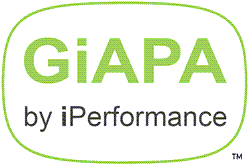Database and non-database I/Os
Physical I/Os (synchronous and asynchronous) are also divided into database (DB) and non-database (NBD) I/Os. Database I/Os read or write IBM DB2 index and data. Transfers from or to disk of all other object types (programs, data areas, queues, job descriptions, etc.) are counted as NDB I/O – this includes I/Os to IFS.
A high non-database I/O rate could be a sign of insufficient main memory – storage management must in such cases frequently page objects out to disk. Machines with ample storage only need to load frequently used objects once. Even data base records will be kept in memory if they are read frequently and the space is not needed for other purposes.




